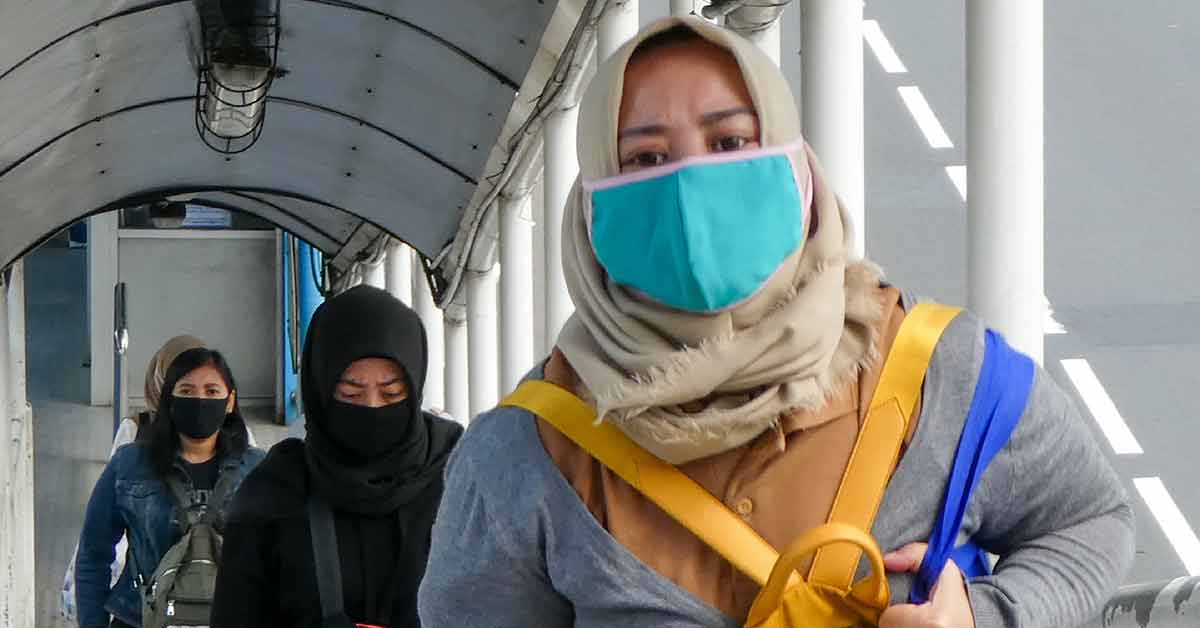This week, leaders from medicine, economics, politics, and civil society are uniting to demand immediate and coordinated international action – in the next few days – to mobilise the resources needed to address the COVID-19 crisis, prevent the current health catastrophe from becoming one of the worst in history, and avert a global depression. As a letter to the world’s leaders’ notes, because we are so far behind the COVID-19 curve, many lives are being lost needlessly, other health issues are being ignored, and societies and economies are being devastated.
During the global financial crisis of 2008, Group of 20 (G20) leaders worked to coordinate a global response. And in other previous emergencies – such as tsunamis, civil wars, or epidemics – coalitions of countries have convened donor conferences to generate the necessary resources. Today, we need both: a G20 task force to coordinate international support and a donors’ conference to make that support effective.
A decade ago, the immediate economic crisis could be surmounted when the under-capitalisation of the global banking system was addressed. This time, the economic crisis will not end until the health emergency is addressed, and the health emergency will not end by addressing the disease in one country alone. It can end only when all countries recover from COVID-19 and it is prevented from returning on a regular basis.
All health-care systems and societies – even the most sophisticated and richest – are buckling under the strain caused by the coronavirus. But if we do nothing as it spreads in African, Asian, and Latin American cities and smaller communities – which have little testing equipment and fragile health systems, and where social distancing will be impossible to achieve – it will cause devastation, persist, and perhaps inevitably fuel other outbreaks worldwide.
The only way we can end the crisis sooner rather than later is to do what we have omitted to do for years: fund the public health, scientific, and economic agencies that stand between us and global disaster. World leaders should immediately agree to an initial commitment of US$8 billion – US$1 billion for the World Health Organization (WHO) to continue its vital work during 2020, and the remainder to support the Coalition for Epidemic Preparedness Innovations to coordinate efforts to develop, manufacture, and distribute effective diagnostics, therapeutics, and vaccines. These advances, with equitable access for all countries, are vital if we are to end this pandemic and prevent future tragedies.
Funding also must be provided to meet the global need for ventilators and personal protective equipment (PPE). Rather than having each country, state, or province scramble for a share of output from existing capacity, with all the cost-inflationary competition that would bring, we should be vastly increasing capacity by coordinating the global production and procurement of such medical supplies. And, if a vaccine becomes available, sufficient funding must be allocated to deliver it, through existing organisations like Gavi, The Vaccine Alliance, to the poorest countries.
According to even the most optimistic estimates from Imperial College, London, there will be 900,000 deaths in Asia and 300,000 in Africa. Developing countries not only lack modern health systems; they also have wholly inadequate social safety nets. At least US$35 billion is needed to provide vital medical supplies, recruit staff, and strengthen national resilience.
And yet, despite the looming danger, almost 30 percent of countries have no COVID-19 national preparedness and response plans, according to the WHO, and only half have a national infection prevention and control program. Many lack adequate water, sanitation, and hygiene standards in their health-care facilities. And while it is estimated that richer countries will have only one-seventh of the hospital beds they need for critical care, poor countries will have far, far fewer, and many will have none at all.
National governments are also attempting to counter the downward slide in their economies. But, to prevent a liquidity crisis from turning into a solvency crisis, and today’s global recession from becoming tomorrow’s depression, better-coordinated fiscal, monetary, and trade measures are urgently needed.
The fiscal stimulus packages now being implemented in some countries will be much more effective if all countries in a position to do so join in. But if we are to limit mass redundancies (which are already occurring on a frightening scale), it is also vital that banks follow through rapidly on government loan guarantees and provide the cash support that companies and their workers need.
The poorest countries need special economic assistance. The international community should begin by waiving this year’s developing-country debt repayments, including US$44 billion due from Africa. But the reality is that at least US$150 billion in new funds will be needed to protect developing economies.
The World Bank can scale up country support while still meeting its lending ceiling. But that will not be enough. In 2009, during the Great Recession, World Bank spending went from US$16 billion to US$46 billion. A similar expansion of available resources should be guaranteed now. The International Monetary Fund (IMF) has said it will mobilise all its available resources. The IMF should allocate around US$500-600 billion in Special Drawing Rights (SDRs).
Time is short. Ideally, all this should be agreed and announced this week and be formally confirmed by the IMF and the World Bank Development Committee when they meet on 17-19 April. This may be the most viable exit strategy available to the world. If the price seems high, the consequences of not paying it could well be catastrophic.
